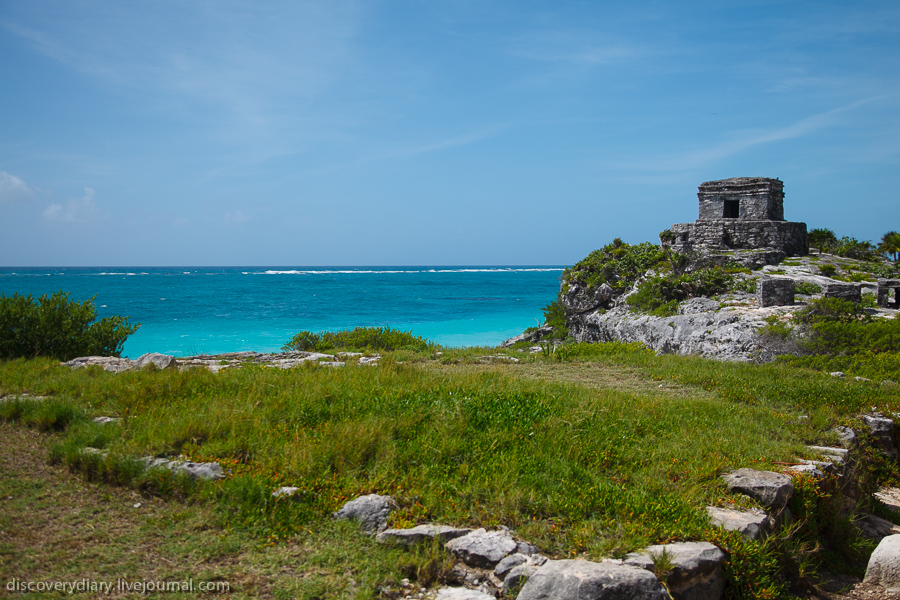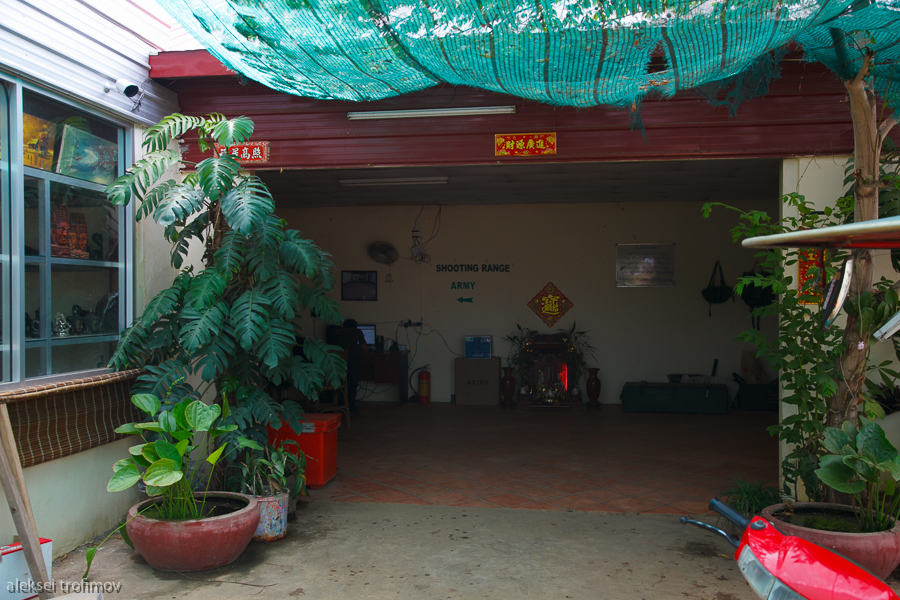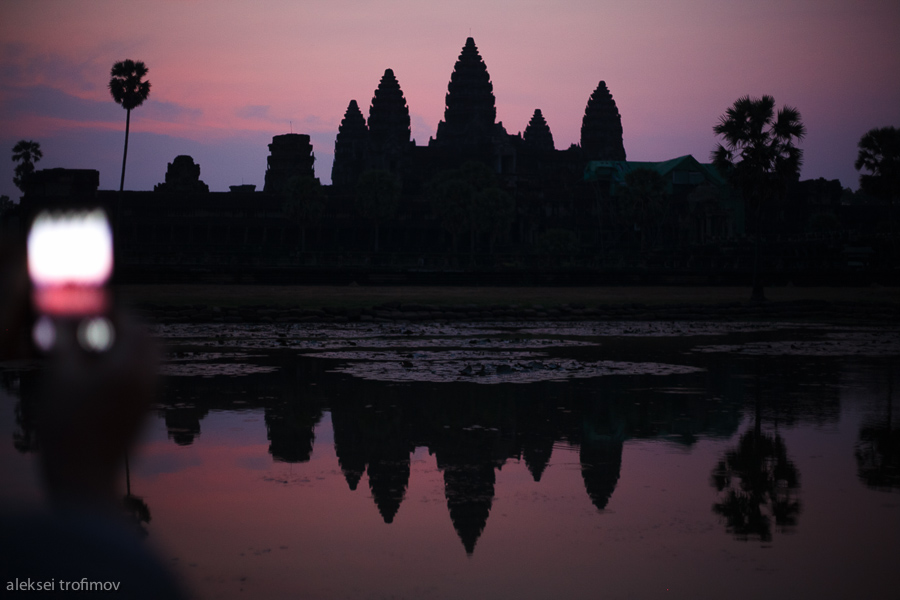Following a last minute change of plans, which I hope will be the norm during this trip, in keeping in line with the idea of freedom, instead of Peru I went to Mexico.
There is a hidden door between Brussels and Latin America. This door is provided by Jetairfly – this company has a flight from Brussels to Cancún that at times is ridiculously discounted. I have already taken this door twice before, to go to Yucatán in 2009 and to Cuba in 2011, and I couldn’t resist taking it this time as well.
My first port of call was Tulum, a small town about 120 km to the South of Cancún along the Riviera Maya. There was a good reason for me to go to Tulum. Four years ago on my last day before flying away I went to cenotes of Valladolid, then to the ancient site of Coba and planned to end the day by seeing the ruins in Tulum. However the door was closed right in front of me, about half an hour earlier than it was supposed to, leaving me fuming about the injustice. I promised myself to come back. And here I am!
Such moments happen from time to time as you travel. In 2005 we climbed for several hours the steep ridge of a mountain in Santorini, hoping to see the Ancient Thira, located on its top, which supposedly gave rise to the legend of Atlantis. Little did we know that the Greeks decided to give themselves a holiday, which we only discovered at the very door! A couple of days later we refused to give up, rented a scooter and climbed the other side of the mountain, on a winding mountain road, where the gravity seemed to barely hold us. The view of the Aegean from the top was ever so sweet.
Another time I pedalled for several hours from Stennes megaliths to Scara Brae on the Mainland of Orkney, all across the Western side of the island. Sweaty and excited, I entered the reception of the site, where it was cheerfully announced to me that the site is closed, 15 minutes before the official closing time. No argument could break the Northern respect to the rules. I did take a peek at the site anyway, from the side of the sea, where it is only guarded by a steep physical wall.
The Mayan guard tower oversees the turquoise Caribbean from the heights of Tulum:

Continue reading The City of Dawn →

